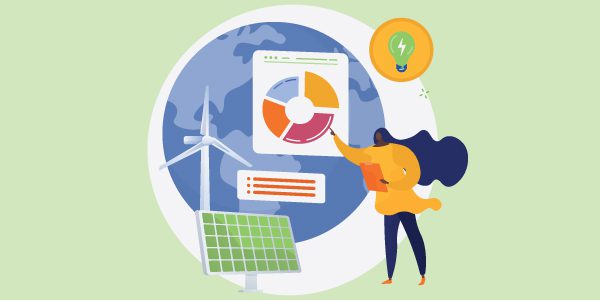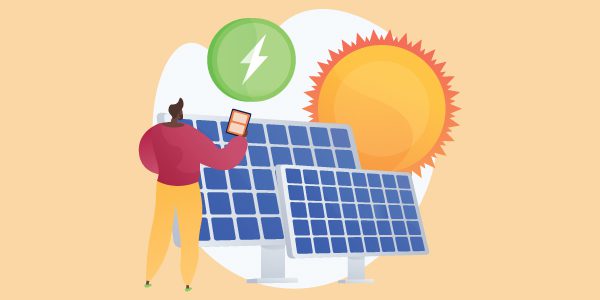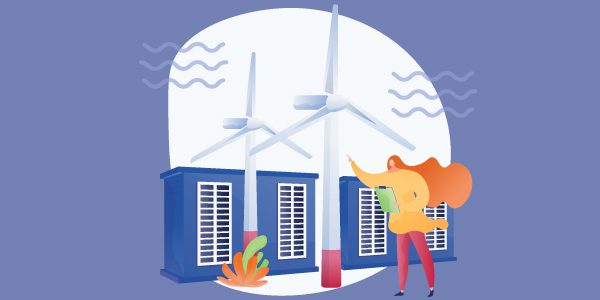Africa is richly endowed with fossil-based and renewable energy sources.
The abundance of land, minerals, forests, rivers and lakes has molded how the continent has traditionally developed its power sources.
Africa is no longer just coveted for her gold, ivory, iron ore, aluminum, or diamonds. The continent also offers an abundance of solar, wind, hydro, biomass and geothermal power resource capabilities.
This is the primary reason why Africa has been the last frontier of many different global investment trends, particularly over the past 100 years.
It’s worth remembering that Africa is a continent made up of many sovereign countries with varying ambitions, visions and agendas. The recognised 54 countries are split into 5 major regions namely: Southern, Eastern, Western, Central and North Africa.
Each region has seen varying levels of growth in green power mainly because of the sources of investment, currency strength, foreign exchange policy and energy policy structures to mention a few.
The most significant developments in green power are currently still centered in Southern Africa as it is the most developed from an infrastructure and economic perspective. Closely behind is West Africa, North, East and lastly Central Africa.
Undoubtedly, the emergence of China as a major investor in Africa and manufacturer of renewable technology has also influenced the speed and direction of the sector both for positive and negative reasons.
Growing Demand In Energy
Africa’s growing population, which is currently sitting at just under 1.4 Billion people, has shown a huge appetite for power, especially since incomes, lifestyles and economies are developing at a faster rate than ever before.
Currently only 43% of the continent has access to power compared to a global average of 87%. If that weren’t enough, the median age of the population across the 54 African countries is estimated to be 20 years of age compared to Europe’s 45 years and America’s 38 years.
This means that the demand for technology, housing, schooling, manufacturing, mining, water, roads and civil infrastructure is at unprecedented levels.
This coupled with Africa’s incredibly favourable weather and vast amounts of untouched land makes for a beautiful opportunity for green energy to explode and make a huge impact. By deploying modern renewables to eliminate power shortages in rural areas, this presents opportunities for industrial growth and create jobs across the continent.
The current traditional electricity power mix is made up of conventional power sources like coal, hydro-power, diesel engine turbines and negligible amounts of Nuclear power.
Traditionally, national grids were only built to serve the major cities such as Cape Town, Abidjan, Lagos, Cairo and Nairobi. They catered to the colonial centers of power that were in Africa and very little thought was given to the rural population, which is the overwhelming majority of citizens.
This group is mostly made up of farmers, herdsmen and villagers who have traditionally relied on kerosene, wood, charcoal and oil based power sources. The cost of getting power to them massively outweighed their buying power and hence made them unattractive at the time.
Emerging Opportunities
Fast forward a few decades, and we are now seeing a major shift in the power pool mix taking place, mostly driven by the emergence of off-grid, microgrid and utility scale power investors.
In fact, there is an overwhelming growing number of European, Asian and North / South American investors in renewable energy particularly aimed at rural markets in Africa.
The focus has been on recognising that the product needs to suit the need. This has led to the development of initiatives such as the pay as you go rental model for electricity.
This system integrated the three pillars that have also contributed to Africa’s growth spurt over the last 25 years which are Mobile telephony, Mobile money platforms and the Internet. Solar companies have also heavily invested in solar kits, microgrid technology and peer to peer rooftop setups that are both affordable and highly efficient.
The recent government policies and political will has seen almost every country develop a renewable energy policy that merges conventional and green energy in a big way.
The legislation and funding models have now been made clear enough for private and institutional investors to back increasing amounts of small to large projects that cover solar, wind, hydro, biomass, tidal and geothermal power.
International major players continue to set up physical offices across Africa which proves that the days of once off projects are long gone, with the focus now firmly on the long-term view and a real commitment to developing Africa’s power sector.
Increasing Demand In Talent
In times past, businesses expanding into Africa would usually hire expats, bringing in engineers, technicians and managers from Europe to execute their projects.
Since there was no appetite to create a local skill base or upskill locals, projects usually fell apart when expats returned home. Since leaving a long-term talent legacy is detrimental to Africa’s green energy success, we’re pleased to see an increase in educational institutions in Africa offering qualifications in renewable energy.
As recruiters, we have observed that this has already led to a significant increase in the amount of local African talent available. This is undoubtedly a key ingredient if Africa’s Green power capacity is to grow at the rate required to meet her needs and light up the continent.












